Kombucha Science
Select Ingredients
The yeasts of Kombucha tea begin a playful ferment when the 'feeding solution' (sugar and tea) is added to the 'starter tea' (a previous batch of fermented Kombucha tea containing the SCOBY). The yeasts' enzymes produce alcohol by breaking down the sugar into glucose and fructose. Simultaneously, the bacteria feed on this alcohol and convert it into beneficial acids and nutrients, producing a pleasant, healthy, and naturally carbonated elixir.
Precision Control
Marin Kombucha undergoes strict process controls from the beginning of fermentation through kegging, bottling, and refrigerated delivery. As a result of years of trials and research, we uniquely end primary fermentation (aerobic fermentation) at a pH of 3.5 and begin a short cycle of secondary (anaerobic) fermentation to bring our Kombucha tea to the utmost potential and palatability.
Scientific Results
By ending the fermentation at this early stage, we ensure that the yeasts and bacteria have worked together to create beneficial acids, nutrients, and the most balanced taste. Once the process reaches this precise point, we barrel, bottle, and introduce the Kombucha tea to cold storage. At 40 degrees Fahrenheit, the temperature-dependent yeasts are no longer capable of producing the enzymes necessary for further fermentation.



